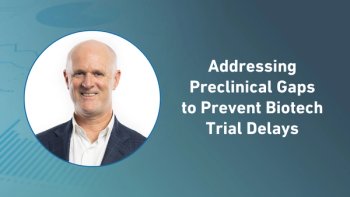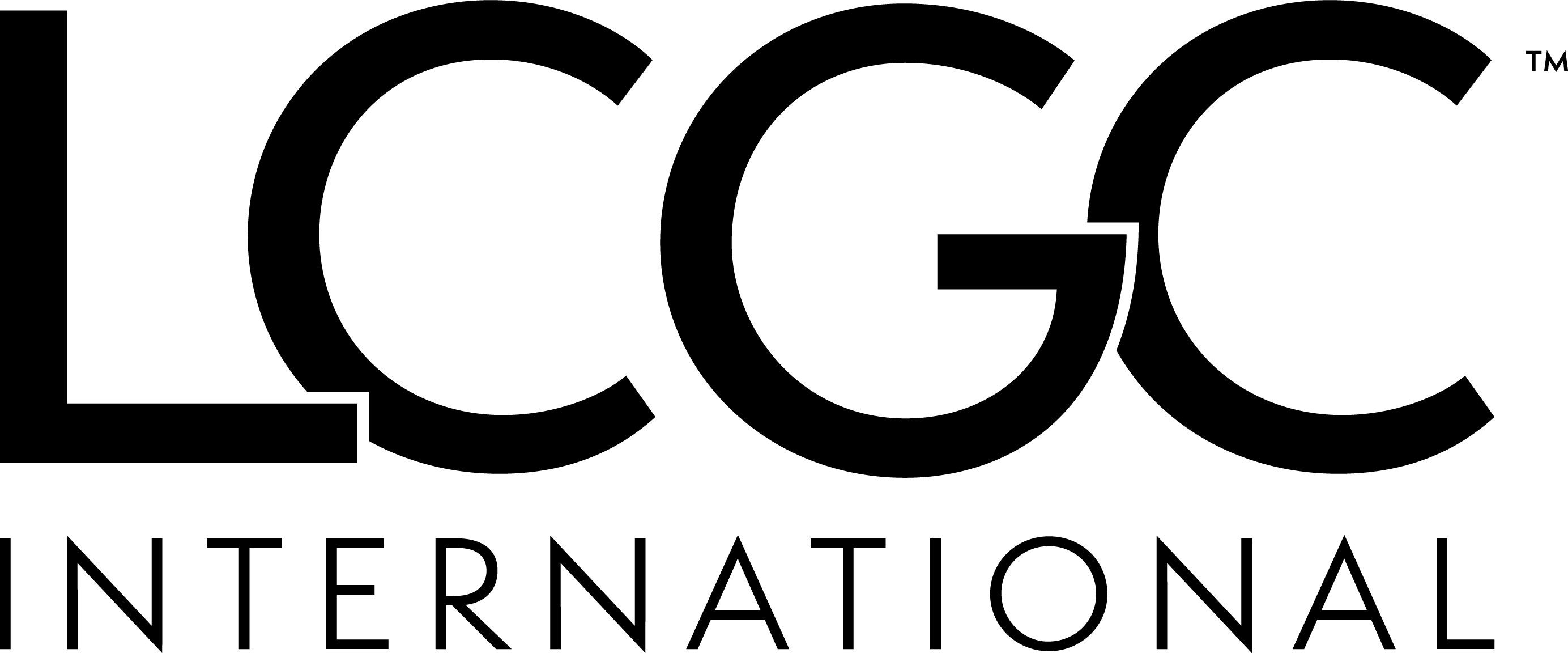
Oracle Health Sciences Translational Research Center 3.0 Helps Advance Personalized Medicine
Significant Genotypic and Phenotypic Analytic Capabilities Added in New Release
Clinical researchers are focused on advancing the secondary use of medical data across clinical and research organizations to unlock the true potential of personalized medicine. To support this goal, the latest release of
Oracle approximately doubled the size of the omics and clinical data models in the newest release to lay a foundation for expanded insight and discovery. The clinical data model now includes more than 70 major tables – up from approximately 35 - as well as many new attributes, such as medical encounters, treatment outcomes and patient’s family medical histories.
Highlights of the release:
- The omics data model features approximately 50 new tables – more than 100 total – which support histology and mutation data from Catalog of Somatic Mutations in Cancer (COSMIC) and Human Gene Mutation Database (HGMD) data, as well as expanded structural variation.
- With new support for multiple reference genomes, researchers can easily identify, track and analyze changes to a patient’s genome over the disease lifecycle, in addition to comparing it to the reference.
- The update also supports Genome Variant Call Format (GVCF), which is critical to bringing genome research to the clinical environment. The new capabilities enable a physician to more easily compare genome regions sequenced for a patient with the applicable reference.
- Oracle Health Sciences Translational Research Center includes more than 20 new user interfaces (UIs) and workflows, as well as 30 enhanced UIs that expand concepts available for search and accelerate reporting and post-cohort analysis.
- The newly introduced collaboration module enables users to share patient stratification criteria and other research findings with another user or a user group, and all of these functions can be achieved via the intuitive UI.
- Advanced data-level security capabilities enable researches to expand collaboration while supporting the safety of their data.
“Through our Moon Shots program, MD Anderson is driving advances in personalized medicine that will lead to more targeted therapies and ultimately improve cancer care outcomes for our patients,” said Dr. John Frenzel, chief medical information officer, University of Texas MD Anderson. “The ability to integrate and analyze this complex genotypic and phenotypic data is critical in achieving this goal. When we purchased Oracle Health Sciences Translational Research Center in November 2012, we expected it to be a key component of our Moon Shots architecture. The new capabilities added to this version of the platform help to ensure that it will continue to meet our needs as genomic technologies in clinical care evolve.”
“The future of personalized medicine rests on our collective ability to rapidly advance secondary use of health information and glean new insight from it. Oracle Health Sciences Translational Research Center is purpose-built for this objective,” said Jonathan Sheldon, PhD, Global Vice President, Oracle Health Sciences. “The latest version of the solution supports many new genotypic and phenotypic analytic capabilities that will speed biomarker discovery and subsequent application in both clinical trials and clinical care settings.”
Newsletter
Stay current in clinical research with Applied Clinical Trials, providing expert insights, regulatory updates, and practical strategies for successful clinical trial design and execution.






.png)



.png)



.png)
.png)
